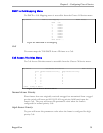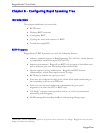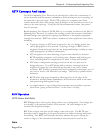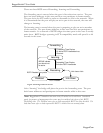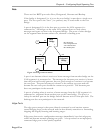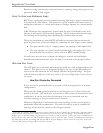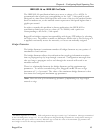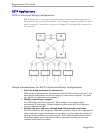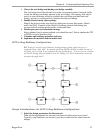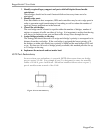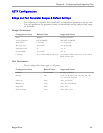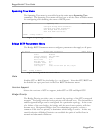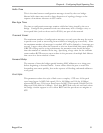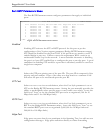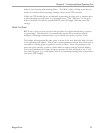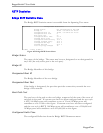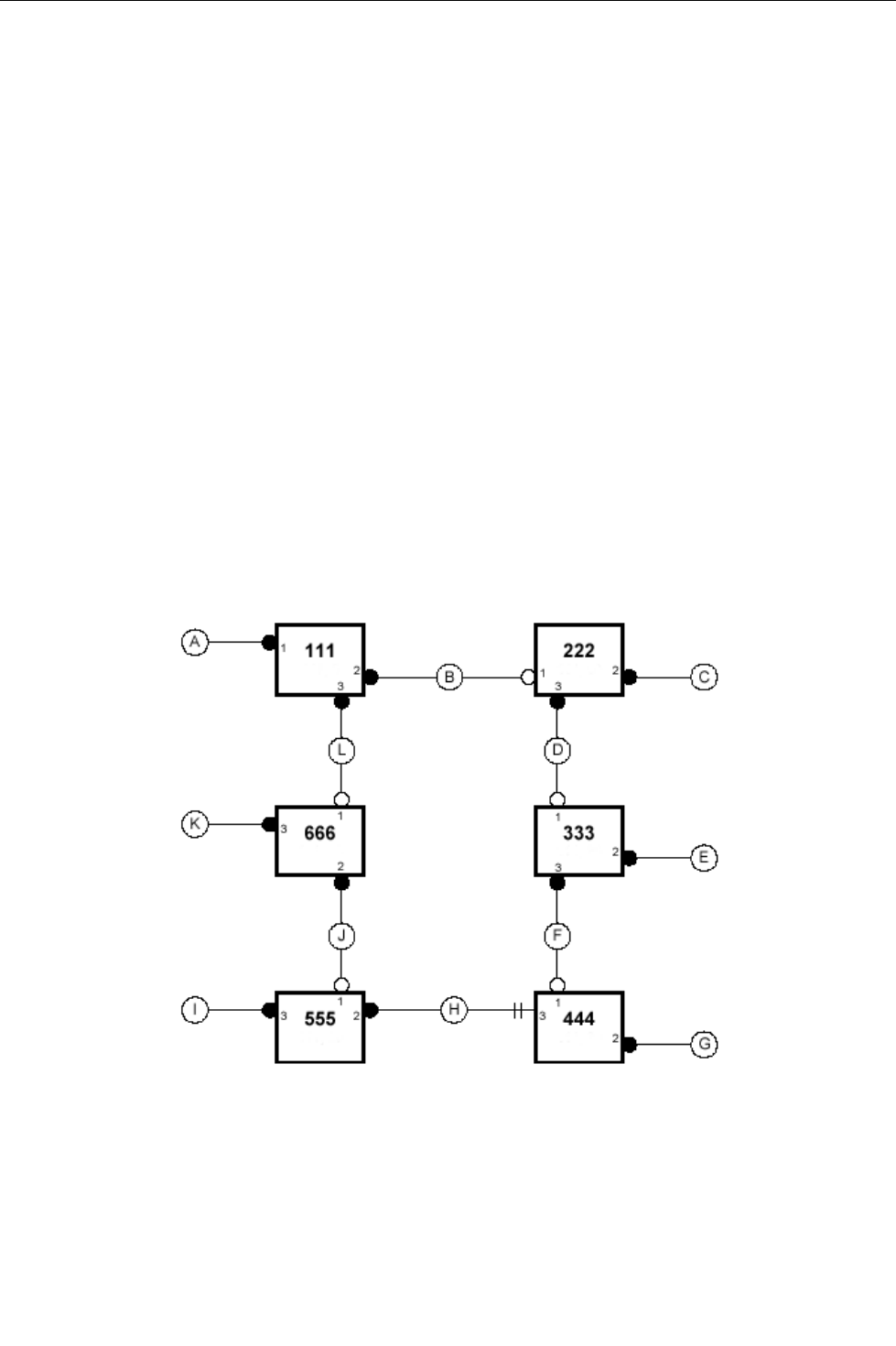
Chapter 6 – Configuring Rapid Spanning Tree
4. Choose the root bridge and backup root bridge carefully.
The root bridge should be selected to be at the concentration point of network traffic.
Locate the backup root bridge adjacent to the root bridge. One strategy that may be
used is to tune the bridge priority to establish the root bridge and then tune each
bridge’s priority to correspond to its distance from the root bridge.
5. Identify desired steady state topology.
Identify the desired steady state topology taking into account link speeds, offered
traffic and QOS. Examine of the effects of breaking selected links taking into
account network loading and the quality of alternate links.
6. Decide upon port cost calculation strategy.
Select whether fixed or autonegotiated costs should be used? Select whether the STP
or RSTP cost style should be used.
7. Calculate and configure priorities and costs.
8. Implement the network and test under load.
RSTP in Ring Backbone Configurations
RSTP may be used in ring backbone configurations where rapid recovery is
required when a link fails. In normal operation RSTP will block traffic on one of
the links, here on link H (as indicated by the double bars). In the event of a failure
on link D, bridge 444 will unblock link H. Bridge 333 will communicate with the
network through link F.
Figure 35: Example Of A Ring Backbone Configuration
Design Considerations For RSTP in Ring Backbone Configurations
1. Select the design parameters for the network.
What are the requirements for robustness and network failover/recovery times?
Typically, ring backbones are chosen to provide cost effective but robust network
designs.
RuggedCom
47



